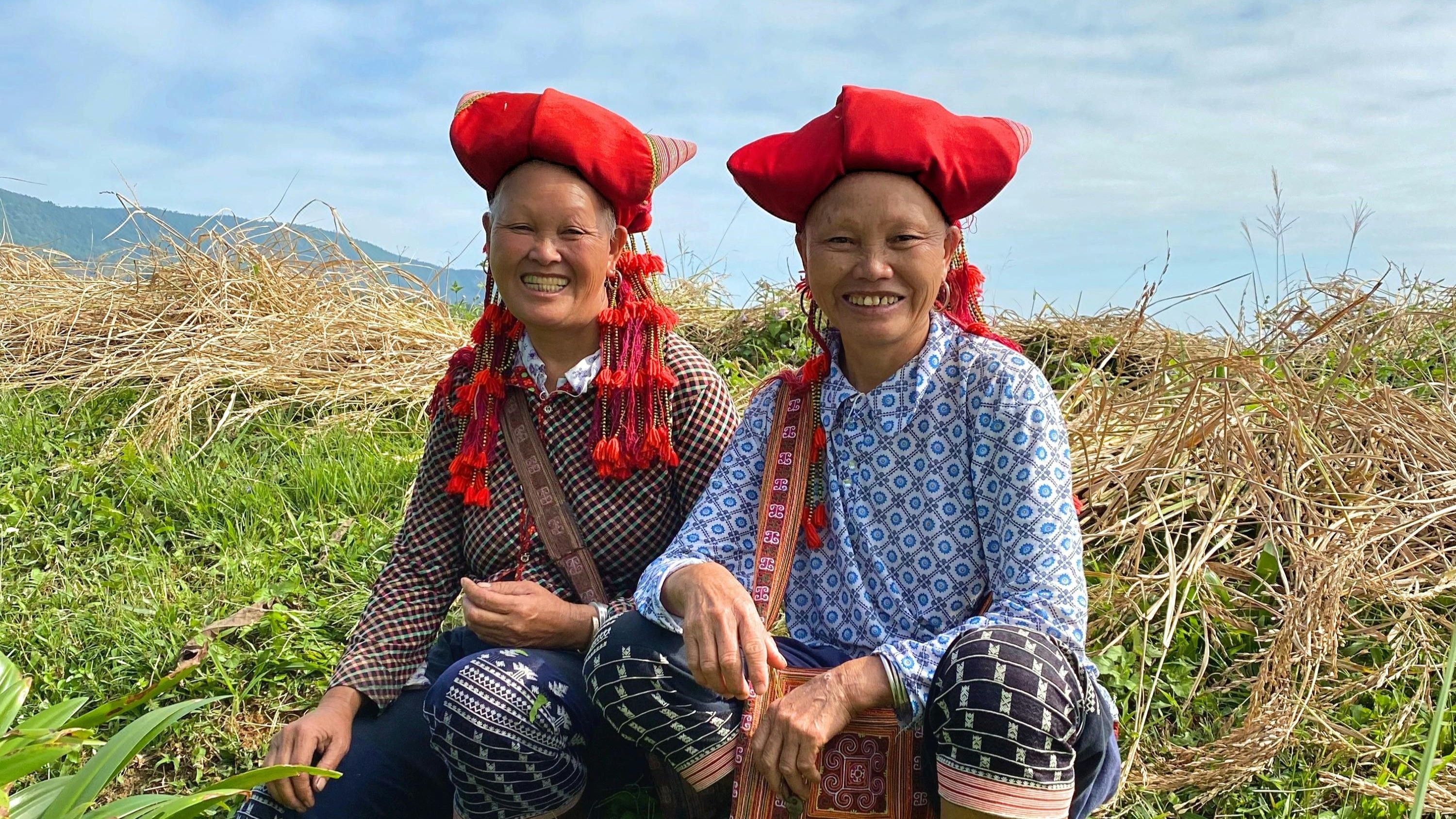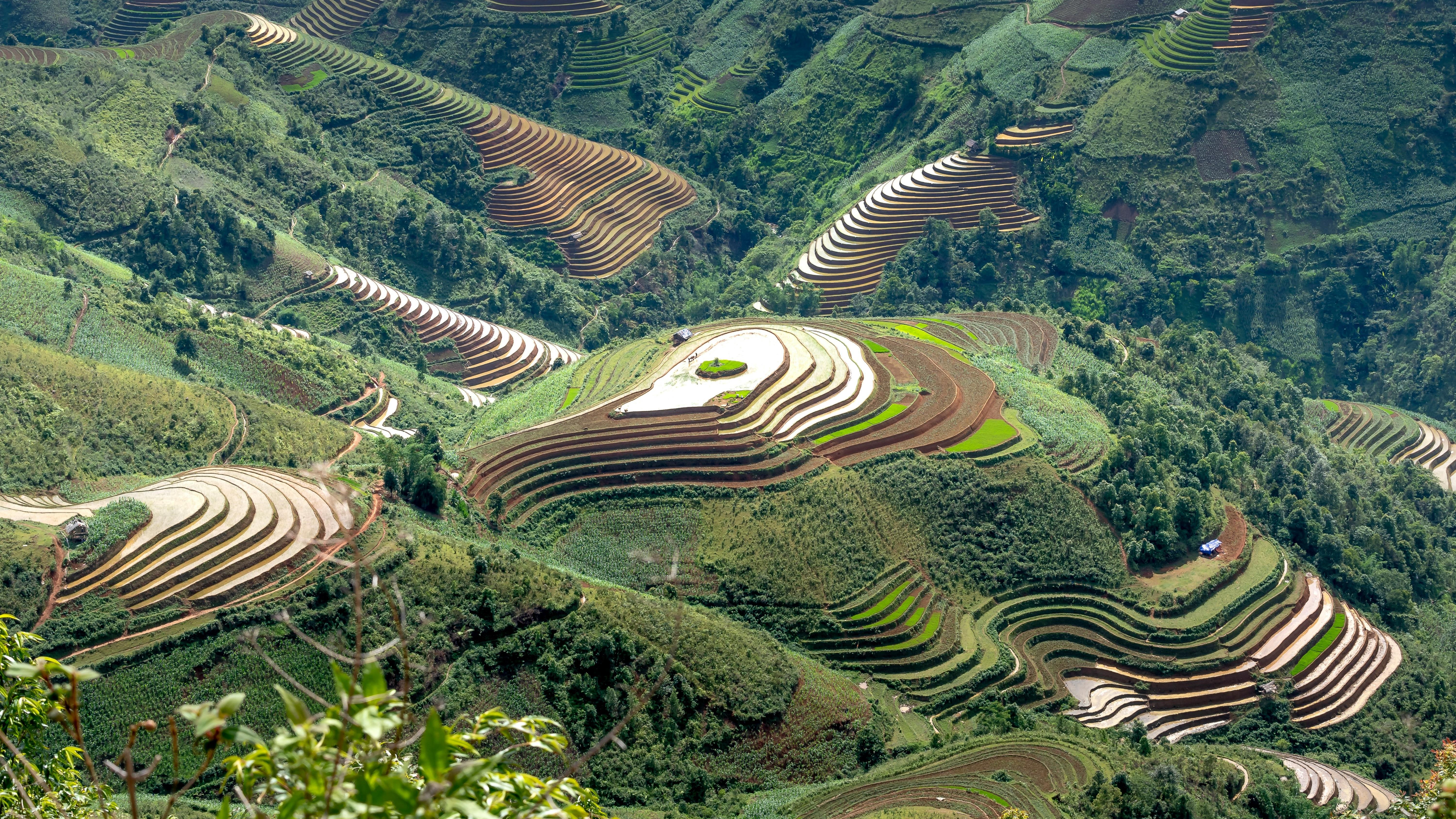
Exploring Sapa's Ethnic Villages: A Cultural Journey
Nestled in the misty mountains of Northern Vietnam, Sapa is renowned for its dramatic landscapes and rich cultural tapestry. The region is home to a variety of ethnic minority groups, each with its own unique customs, traditions, and ways of life. Exploring Sapa’s ethnic villages offers travelers a rare opportunity to experience a side of Vietnam often hidden from the bustling cities. From trekking through terraced rice fields to learning about traditional handicrafts, this cultural journey is one that will leave a lasting impression.
A Tapestry of Ethnic Diversity

Sapa is a melting pot of different ethnic groups, with the Hmong, Dao (Yao), Tay, and Giay people being the most prominent. Each group has its own language, traditional clothing, and cultural practices. The Black Hmong are the largest ethnic group in the region, recognizable by their indigo-dyed garments and silver jewelry. The Red Dao, known for their red turbans and intricate embroidery, are another key group. These communities have lived in Sapa’s rugged terrain for centuries, cultivating the land and preserving their rich cultural heritage.
Trekking Through Traditional Villages

Trekking is the best way to explore Sapa’s ethnic villages, allowing travelers to walk through breathtaking landscapes while experiencing village life firsthand. Popular trekking routes take visitors through picturesque villages like Cat Cat, Ta Phin, and Lao Chai.
- Cat Cat Village, located near Sapa town, is home to the Black Hmong people and offers insights into traditional crafts such as weaving and silverwork.
- Ta Phin Village is inhabited by both the Red Dao and Black Hmong. Here, you can learn about the famous herbal baths that the Red Dao are known for, used for centuries for relaxation and healing.
- Lao Chai and Ta Van Villages, located in the Muong Hoa Valley, offer stunning views of terraced rice fields and are home to the Giay and Tay people. Visiting these villages provides an opportunity to interact with locals and even participate in farming activities.
Immersing in Local Traditions

Visiting Sapa’s ethnic villages isn’t just about sightseeing; it’s about immersing yourself in the culture. Many villages offer homestay experiences where you can stay with local families, share meals, and learn about their daily lives. This gives you a deeper understanding of their customs, such as preparing traditional dishes, wearing ethnic garments, and participating in local festivals.
For instance, the Black Hmong are skilled weavers, using traditional looms to create stunning indigo-dyed fabrics. Many villages offer weaving demonstrations, and you can even purchase handmade textiles to take home as souvenirs. The Red Dao people are known for their herbal medicine, and a visit to their village often includes a relaxing herbal bath, a traditional remedy believed to rejuvenate the body.
Festivals and Ceremonies

If you visit Sapa during one of the ethnic festivals, you'll witness vibrant cultural expressions. The Gau Tao Festival, celebrated by the Hmong, is a New Year celebration filled with singing, dancing, and traditional games. Other festivals, such as the Cau May Festival, held in March, offer insight into the spiritual life of the local people as they give thanks for the harvest and pray for good fortune in the coming year.
Supporting Sustainable Tourism
As Sapa grows in popularity, sustainable tourism becomes increasingly important. Many of the trekking tours and homestays are run by local families, providing them with an additional source of income while preserving their traditional way of life. By choosing to stay in locally run accommodations and purchasing handmade crafts, you help support these communities and contribute to the preservation of their culture.
Final Thoughts
A visit to Sapa’s ethnic villages is more than just a journey through breathtaking landscapes; it’s a cultural experience that offers a window into Vietnam’s ethnic diversity. From trekking through terraced rice fields to sharing meals with local families, this journey will leave you with memories of warm hospitality, rich traditions, and the timeless beauty of rural Vietnam.